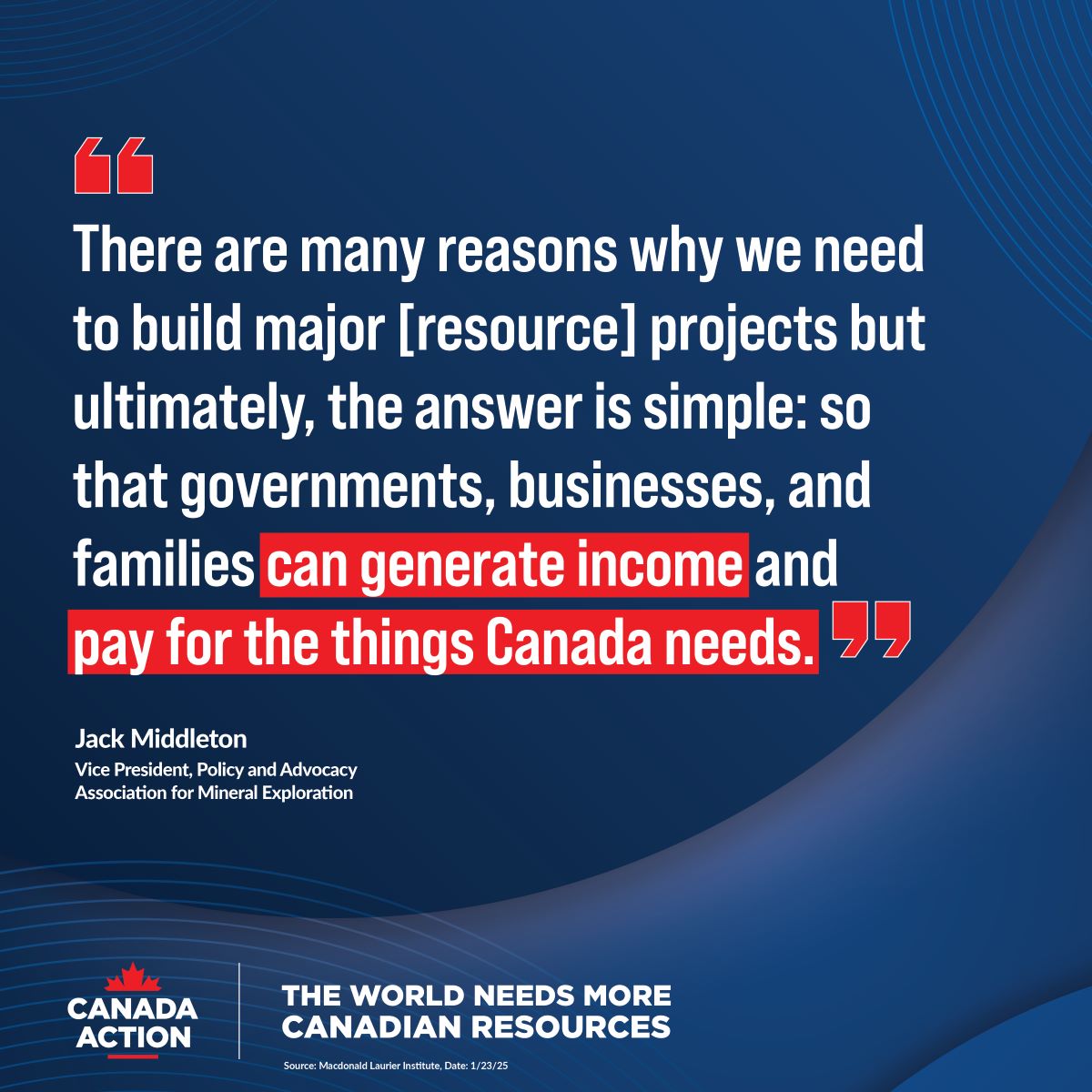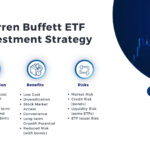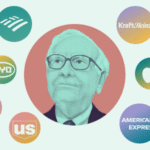Contents
- 0.1 🧩 The Warning Signs: Why It’s Time to Rethink Your Portfolio
- 0.2 📊 How a Tariff War Impacts Canadian Portfolios
- 0.3 📈 Step 1: Revisit Your Asset Allocation
- 0.4 💡 Step 2: Hedge Against a Falling Canadian Dollar
- 0.5 🔍 Step 3: Focus on Quality Over Hype
- 0.6 🏦 Step 4: Don’t Ignore Fixed Income—Even with Low Rates
- 0.7 🛡 Step 5: Inflation & Real Assets
- 0.8 📅 Step 6: Reassess Retirement Goals & Contributions
- 0.9 🌍 Step 7: Think Globally, Act Locally
- 1 🌏 Step 7A: Look Beyond North America—Why Fast-Growing Economies Like India Deserve a Place in Your Portfolio
🧩 The Warning Signs: Why It’s Time to Rethink Your Portfolio
Recent headlines are unsettling: U.S. tariffs on Canadian exports, growing trade tensions, and warnings from economists about capital outflows.
For the average Canadian investor or retiree, these aren’t just abstract news stories—they directly affect the future value of your RRSP, TFSA, RESP, and even real estate holdings.
It’s time to pause, reflect, and ask:
✅ Is my portfolio too exposed to Canadian midcaps or export-heavy industries?
✅ Have I diversified beyond our borders?
✅ Am I protecting my savings against a falling Canadian dollar or rising inflation?
The good news: revisiting your investment strategy now can safeguard your retirement and help capture future growth—even during a trade war.
📊 How a Tariff War Impacts Canadian Portfolios
Tariffs and trade wars might sound like government-level politics—but they ripple through every household and retirement account:
✅ Lower corporate earnings: Many TSX-listed companies, especially in energy, mining, agriculture, and manufacturing, rely on U.S. demand. Tariffs squeeze margins.
✅ Weaker Canadian dollar (CAD): As capital flows out, CAD can depreciate—making imports pricier and pushing up inflation.
✅ Higher costs & unemployment: If businesses pay more to export or import, they may slow hiring, freeze wages, or reduce dividends.
✅ Equity market volatility: The TSX may underperform global indices if foreign investors reduce Canadian exposure.
These forces can erode the real value of your savings and investments—unless you adjust proactively.
📈 Step 1: Revisit Your Asset Allocation
In boom years, many Canadians let portfolios drift toward home bias: heavy in Canadian equities (banks, energy, REITs).
During trade stress, this concentration can hurt.
What to do:
-
Rebalance toward a globally diversified mix:
-
25–40% Canadian equities: Focus on dividend-paying blue chips with global exposure.
-
30–50% US and international equities: Broader growth and currency hedge.
-
10–20% bonds: Canadian government or investment-grade corporate bonds to reduce volatility.
-
5–10% alternative assets or commodities: Gold, infrastructure, or REITs for inflation protection.
-
Tip: Use broad-market ETFs (e.g., Vanguard’s VFV, iShares XEF, XEC) for cost-effective diversification.
(Learn more in our guide on Balanced ETF Portfolios) — (internal link)
💡 Step 2: Hedge Against a Falling Canadian Dollar
If tariffs drag CAD lower, your purchasing power drops—but your portfolio can offset this:
✅ Invest in USD-denominated ETFs and stocks: As USD strengthens, your holdings gain in CAD terms.
✅ Global dividend stocks: US and European firms paying steady dividends can provide income that’s inflation-resistant.
✅ Currency-hedged ETFs: Protects against large currency swings, but use selectively (as hedging costs can reduce gains over time).
(For more: Currency Hedging for Canadians) — (internal link)
🔍 Step 3: Focus on Quality Over Hype
During uncertainty, quality matters more than momentum.
✅ Look for:
-
Strong balance sheets, low debt
-
Stable or growing dividends
-
Global revenue diversification (e.g., Shopify, Magna International)
✅ Avoid:
-
Highly leveraged small caps
-
Single-sector speculative bets (like small energy explorers)
Fact: Historically, companies with strong fundamentals weather trade wars better and recover faster.
🏦 Step 4: Don’t Ignore Fixed Income—Even with Low Rates
Bond yields may seem low, but:
-
They stabilize portfolios during equity drawdowns.
-
Canadian government bonds protect against deflation or recession.
Consider a laddered bond ETF or short-duration corporate bond fund to limit interest-rate sensitivity.
(Related: Should You Own Bonds in 2025?) — (internal link)
🛡 Step 5: Inflation & Real Assets
Trade wars often push prices up. Safeguard your savings:
✅ Inflation-protected assets:
-
Real Return Bonds (RRBs)
-
REITs owning prime commercial/residential properties
-
Commodities like gold or energy infrastructure funds
Even a 5–10% allocation can reduce inflation’s impact on your long-term wealth.
📅 Step 6: Reassess Retirement Goals & Contributions
A volatile market can tempt you to pause investing—but staying consistent matters more.
✅ Keep automatic contributions to RRSP & TFSA
✅ Review your target retirement age & spending needs
✅ Run new projections with conservative growth rates (e.g., 4–5% CAGR)
Online tools like Vanguard’s retirement calculator or Bloonser’s Retirement Planner can help.
(Explore: Building a $1M Retirement Portfolio) — (internal link)
🌍 Step 7: Think Globally, Act Locally
Diversifying globally is wise, but Canadian assets have value too:
-
Canada’s stable banking system and resource sector
-
Growing immigration-driven real estate demand
-
Emerging clean tech and AI companies
Balance homegrown opportunities with global diversification.
🌏 Step 7A: Look Beyond North America—Why Fast-Growing Economies Like India Deserve a Place in Your Portfolio
When Canadians diversify internationally, most think about the U.S., Europe, or Japan.
But adding select exposure to high-growth economies like India, Vietnam, or Indonesia could boost long-term returns and reduce dependence on North American trade cycles.
Why India stands out right now:
✅ World’s fastest-growing major economy: GDP growth projected at 6–7% annually over the next five years (worldbank.org).
✅ Favorable demographics: Over 65% of India’s population is under 35—fueling consumption and tech adoption.
✅ Rapid digitalization: India’s fintech, e-commerce, AI, and electric vehicle sectors are booming.
✅ Policy reforms: Government programs like “Make in India” and PLI (Production Linked Incentives) attract global manufacturers.
🛠 Practical Ways Canadians Can Invest in India:
✅ International Mutual Funds & ETFs
-
Funds like BMO MSCI India ETF (ZID) or iShares MSCI India ETF (INDA) listed on U.S./Canadian exchanges.
-
Offer broad exposure to Indian large and midcap stocks.
✅ Direct Global Broker Accounts
Platforms like Interactive Brokers allow Canadians to buy India-listed ADRs (American Depositary Receipts) like Infosys (INFY), Wipro (WIT), and ICICI Bank (IBN).
✅ Active Global Funds
Some global emerging markets funds actively allocate to India—useful if you prefer professional management.
(Read our guide: Investing in India from Canada) — (internal link)
📌 Why Add India to Your Retirement Portfolio?
-
Offsets potential underperformance in Canadian or U.S. stocks if trade wars drag on.
-
Currency diversification: INR (Indian Rupee) behaves differently vs CAD & USD.
-
Structural long-term growth not closely tied to North American trade cycles.
⚠ Tip: Start small—perhaps 5–10% of your equity allocation—and increase only if you can handle the extra volatility that comes with emerging markets.
(Explore more: Top Emerging Market ETFs)
✅ Bottom Line:
A balanced portfolio today shouldn’t just think about Canada vs U.S..
Adding strategic exposure to growth markets like India could meaningfully improve your portfolio’s return potential over the next 10–20 years—helping you build a bigger, safer retirement nest egg.
🤝 Step 8: Seek Professional Advice If Needed
Major geopolitical shifts aren’t routine.
If your portfolio feels unbalanced, a fee-only financial planner or certified investment advisor can:
-
Stress-test your portfolio against scenarios (tariffs, CAD devaluation, recession)
-
Adjust asset allocation to match risk tolerance & retirement horizon
Tip: Choose advisors who are fiduciaries—not commission-driven.
📚 External Resources to Learn More:
✅ Bottom Line: Adapt, Don’t React
Trade wars and tariffs are stressful—but also temporary.
History shows investors who:
-
Diversify beyond borders,
-
Focus on fundamentals,
-
Stay invested consistently,
outperform those who panic and sell.
Key takeaway:
Now is the time to revisit your portfolio.
Diversify globally, balance quality with growth, and protect against inflation and currency risk.
Your future retirement self will thank you.
For detailed guides on balanced investing, currency hedging, and retirement planning, visit our Investing Insights hub on Bloonser.com.







